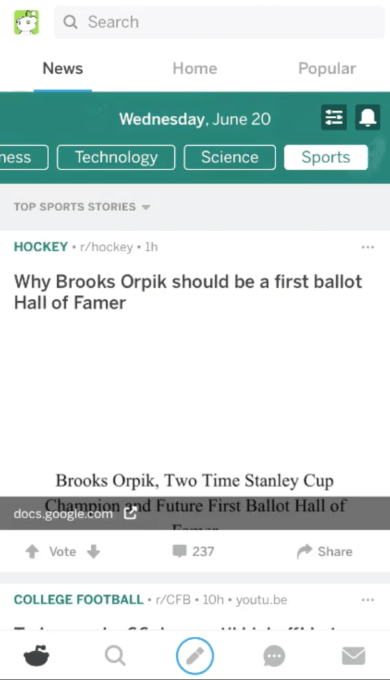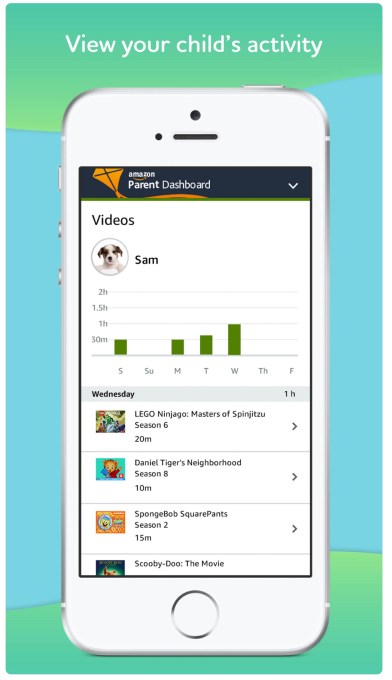Last week the Association of Independent Commercial Producers announced the winners of its annual awards honoring the best moving image marketing of the year and Apple’s “Welcome Home” ad took home the prize for Advertising Excellence in the single commercial category. Directed by Spike Jonze, the person behind movies like Her and Being John Malkovich, the musical short film follows the journey of a young woman, FKA Twigs, as she returns home from a challenging work day to an empty apartment. After asking Siri to “play something [she’d] like” her world is literally transformed as the music of Anderson .Paak’s “Til It’s Over” spills out of her HomePod.
With stunning visuals (most of which were not CGI) and captivating choreography, Jonze breathes life into a product that got mixed reviews after its release in February. This made us think, what other tech commercials have grabbed our attention in the last 35 years and transformed how we think about technology? Here’s a few of our favorites.
It’s hard to talk about transformative tech ads without mentioning this one first. This Super Bowl ad from 1984 was directed by Ridley Scott (who directed Alien in 1979) and was the world’s introduction to the Macintosh personal computer. The ad draws some not-so-subtle connections between PC consumerism and soulless corporate office spaces of the 80s to George Orwell’s dystopian ‘1984.’
In the commercial, a depiction of Big Brother speaks hypnotically to a mass of identical workers as woman in bright colors streaks through the crowd, mallet in hand. With Olympian effort, she sends it flying into the screen, disrupting the status quo of personal computing and promising the world that with the Macintosh “1984 won’t be like ‘1984′.”
Noticeably less high-concept than the introduction of the Macintosh, this 26 commercial campaign still captured a lot of attention in the earlier 2000s. The spots feature a character named Steven – a stereotypical easy-going, cool teenager who has a particular knack for charming parents into buying Dell computers for their families. A popular spot for Dell, the commercials even launched the star Ben Curtis into a little bit of fame himself. The actor recently appeared in a 2017 off-Broadway show ‘The Crusade of Connor Stephens.’
Confession time: I loved these commercials as a kid. Like, binge-watched-them-on-Apple .com loved them. This campaign ran for four years between 2006 and 2009 and featured suit-clad John Hodgman as a PC and hoodie-toting Justin Long as a Mac. The commercials put these two computers in direct conversation with each other (quite literally) and highlighted different features of Mac computers (e.g. iMovie, Time Machine and being dual compatible with Windows) against its PC counterparts.
Not biting or hostile, Mac came across as laid-back and creative — everything Apple was telling its customers they could be — and left PC flustered in its wake. In 2010 Adweek declared this campaign the best in the first decade of a new century.
Stepping outside the world of personal computing, we can’t fail to mention this famous Verizon campaign. These spots ran between 2002 and 2011 and featured a character named Test Man, decked out in a Verizon jacket and large glasses, who traveled around to test the strength of Verizon’s network. Ever thorough, he consistently asks the tech on the other side of the line “can you hear me now?” In 2002 Test Man won an award from Entertainment Weekly for “Most Mysterious Pitchman.”
While the Verizon campaign ended a little under ten years ago, the character has been recently revived — for Sprint. As another campaign of my childhood, this betrayal still stings.
You might want to get some tissues ready for this one. This minimalist commercial aired during the Super Bowl in 2010 and follows the love story of a couple from first their first meeting, to marriage and starting a family; all within the window of a Google search. The ad was one of the most popular aired during the game and was actually designed by a handful of ad and design students known as ‘Google 5.’ According to AdAge, the commercial concept was sparked by a comment in a Google brief to “remind people what they love about Google search” and a maxim by Google Creative Lab VP Robert Wong that “the best results don’t show up in a search engine, they show up in your life.”
Did we miss any ads that changed how you thought about technology? Let us know in the comments!








